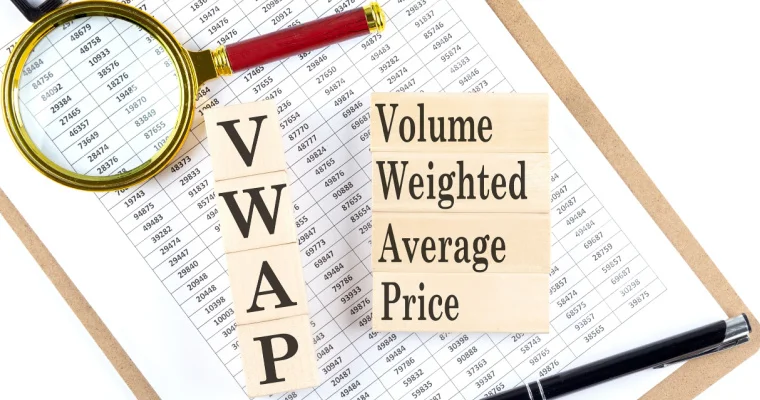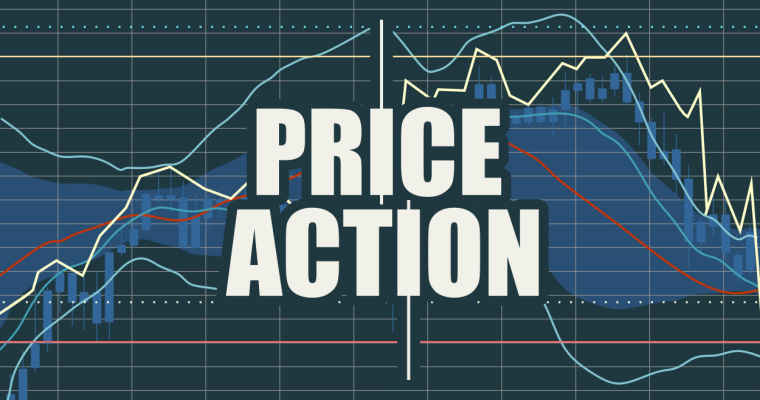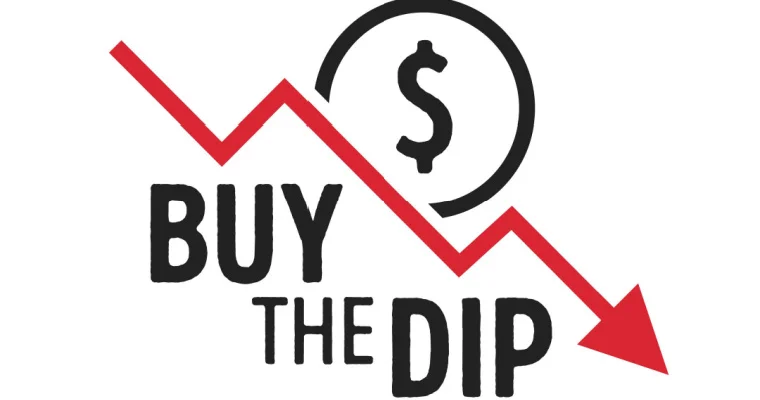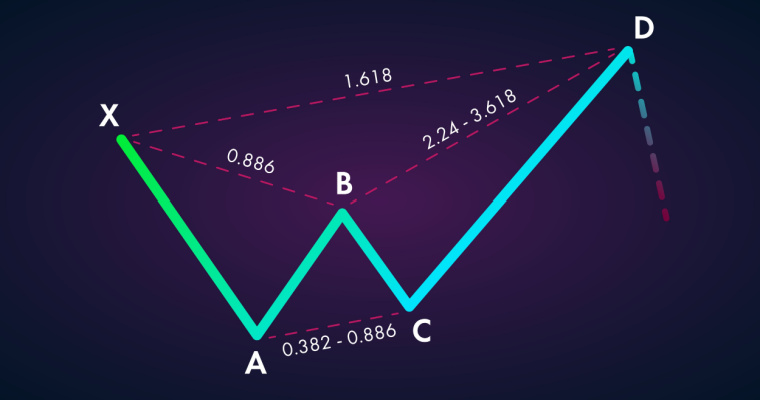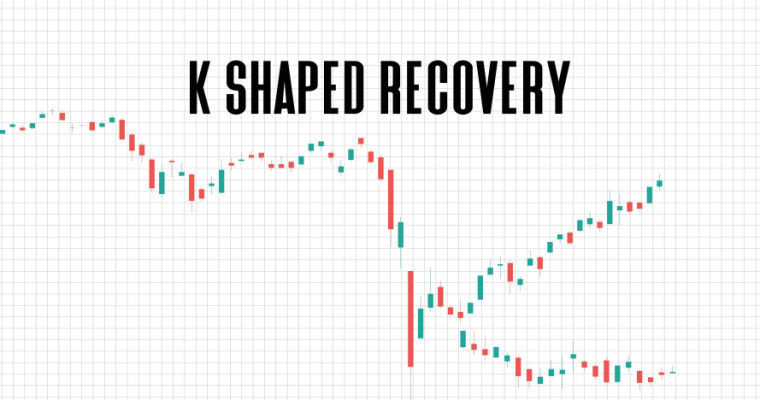What Is Options Trading And How Does It Work?

An ideal investment portfolio comprises diverse asset classes like equities, bonds, mutual funds and ETFs. Apart from these, ‘options’ are another type of investment avenue that can generate high returns if one allocates funds wisely. However, what is options trading, and how does it work? Here’s a beginner’s guide to options trading. Read on to get all the details!
What is Options Trading?
An option is a contract between a buyer and a seller. The seller issues the contract to the buyer that grants him/her the right to buy (for a ‘call’ option) or sell (for a ‘put’ option) a specific asset at a particular price in future. However, there’s no obligation that the buyer has to buy or sell that particular asset.
The asset seller provides the ‘option’ and collects an amount in exchange. The amount is referred to as the premium.
Types of Options in Options Trading
Here are the two primary types of options that investors can trade with:
Call option
The call option is the ‘right to buy’. It gives the contract owner the right to purchase a particular stock at a pre-fixed price before or on the expiration date. The pre-set price is also known as the strike price.
An investor buys a call option when he/she expects a stock’s market price to rise in the future. Once the prices go up, the contract owner uses the call option and buys the stock at the pre-fixed market price, which is lower than the market price at that particular time. This offers him the benefit of making a profit.
Put option
The put option is the ‘right to sell’. It gives the contract owner the right to sell a security at the strike price within the expiry date. An investor invests in the put option if he/she expects that the market price of a stock will fall in future.
When the market falls, the trader sells the stock at the strike price, which is higher than the market price at that particular time. This way, he makes a profitable exit.
Options can also be classified based on underlying securities and expiration cycles.
Here is a brief definition of the terms mentioned above:
| Index options | These are based on specific indices like Nifty 50 and Sensex. |
| Stock options | The underlying assets of these options contracts are shares of publicly listed companies. |
| Commodity options | Their underlying assets can either be a physical commodity or a commodity futures contract. |
| Regular options | These options have a standard expiration cycle. |
| Quarterly options | Investors have the freedom to choose any expiration cycle between the nearest four quarters along with the final quarter of the following year. |
| Weekly options | Also known as weeklies, these options have a short expiration cycle. |
How Does Options Trading Work?
Here’s an example to help you understand how options trading works.
Suppose an investor buys or sells an option. He/she has the right to use the option at any time before the expiration date.
Investors can use various options trading strategies. However, at its most basic level, trading call options allow the investor to place a bet on rising prices. Put options are used when investors wish to bet on falling prices. Investors must buy or sell a minimum number of units of an asset via options trading. In many ways, it is an inexpensive way to speculate on the future value of various asset classes.
However, one should note that an investor is not obliged to exercise options if he sees that the transaction won’t be profitable. If the asset price is moving in the opposite direction of both call or put options, he can simply allow the contract to expire. In this case, the losses will equal the premium amount the investor paid for the option.
How to Start Options Trading?
Here are the steps you can follow to start your journey of options trading:
Step 1: Create a Demat account through which you can buy or sell options contracts. The options contracts are generally purchased through broking firms that are registered on NSE and BSE.
Step 2: Log in to the platform of your broker with your credentials. Browse through the various options offered under the relevant tab.
Step 3: Research the options that are available on the platform and choose the one that is aligned with your financial goals.
Step 4: Insert the order details for buying the options at the strike price (the price at which the call/put option is exercised).
Step 5: Once your buy order gets approved, you can start trading through your broker.
Also Read: What Are The Differences Between Trading & Demat Accounts?
Pros and Cons of Options Trading
There are some pros and cons of options trading that investors should keep in mind.
A. Pros of options trading
- Flexibility: Options trading is accompanied by greater flexibility. It provides financial protection to existing investments.
- Limited risk: Investors can design their investment strategies that will limit the losses.
- Greater returns: Options trading comes with the possibility of greater returns as compared to shares.
- Reduced upfront financial commitment: Options trading is highly preferred due to its leveraging power. Investors spend less to purchase options than the amount required for purchasing shares.
B. Cons of options trading
- Specific requirements: Investors must meet specific requirements to start trading in options. Often, brokers might ask questions related to an investor’s financial means and experience.
- Limited trading time: Investors engaged in options trading aim to use short-term price movements that happen daily, weekly or monthly. One must pick the right time for buying/selling an options contract.
- Complicated Rules: There are some complex rules associated with options trading. It is advisable for novice traders to wait till they have perfected their trading skills and have grasped the dynamics of the market.
What are Options Trading Strategies?
Primarily, there are 3 types of option trading strategies:
- Bullish strategies: These include ‘bull call spread’, ‘bull put spread’ and ‘call ratio back spread’.
- Bearish strategies: These include strategies like ‘bear call spread’ and ‘bear put spread’.
- Neutral strategies: These include ‘long and short straddle’ and ‘long and short strangle’.
Let’s have a detailed look into the strategies mentioned above:
- Bull call spread: Investors use this strategy to earn profits from a stock/index’s limited price increase. They create a range using two call options. In other words, they use a lower strike price accompanied by an upper strike price to create this strategy. If the investor expects a particular stock/index to be moderately bullish, he/she can use this strategy.
- Bull put spread: Here, a trader uses a short put with a higher strike price and a long put with a lower strike price. Both these puts have similar index/stock and expiration dates. This strategy is ideal for moderately bullish investors.
- Call ratio back spread: Bullish investors make use of this particular strategy when they feel the price of the stock/index will increase significantly. This strategy is a combination of purchasing and selling of options. This strategy limits the possibility of loss; however, the profit potential is mixed.
- Bear call spread: An investor uses this strategy if he feels there will be a decline in the underlying stock price or index. This strategy involves buying the call options at a specified strike price. The investor sells off the same number of calls with similar expiration dates at a lower strike price. This strategy is also referred to as bear call credit spread.
- Bear put spread: Here, the investor buys one put. He/she sells a different put at a lower strike price. The trader buys the put hoping to earn profits from the decline of the underlying stock or index. When the investor sells the put at a low strike price, he paves the way for offsetting a part of the cost. However, if one wishes to use this strategy, one should keep a net cash outlay ready at the very beginning.
- Long straddle: Long straddle options strategy involves buying a call and a put with similar strike prices and expiration dates. This strategy proves to be beneficial for the investor if the stock price moves up or down in a big way. This is a market-neutral options strategy because its profitability is not dependent on the direction of the market. If the investor uses this strategy with respect to important events and the result of the events differs from popular expectations, this strategy will prove to be profitable.
- Short straddle: When an investor sells off a call option and put option having identical strike prices and same expiration dates, it is known as short straddle strategy. This strategy is beneficial if the investor feels that the underlying stock or index will not be moving significantly in either a high or low direction for the entire options contract duration. A short straddle is a market-neutral strategy as well.
- Long and short strangle: With this strategy, the investor purchases out-of-the-money call and put options and then sells them. This options strategy is delta-neutral. It provides ample protection against any kind of directional risk.
Also Read: What Are Index Funds: Index Fund Types And Advantages
Final Word
Options are primarily of two types – call and put. However, options can be further classified based on underlying securities and expiration cycles. Traders can use various strategies listed in this blog to start trading options. Now you know what is options trading. But if you are new to investing, visit Navi Mutual Fund to invest in Navi Nifty50 and other mutual fund investment plans to get hands-on experience of investing.
*Mutual Fund investments are subject to market risks, read all scheme-related documents carefully.
FAQs on What is Options Trading
Ans: Both stocks and options are lucrative options for investment. However, the two work differently in different scenarios. Options are the better choice for experienced investors who wish to generate income while limiting their risk of investment to a certain amount.
Ans: Options that have a particular stock market index as underlying are known as index options. These options enable an investor to trade with respect to the entire market instead of just individual securities.
Ans: Here is a list of some of the charges related to options trading:
Brokerage
Premium amount
Securities Transaction Charge (STT)
Transaction charges
SEBI turnover charges
Stamp duty
GST (18%) on transaction and brokerage charges
Ans: The expiration date in an options contract is the last date when the contract owner can use his option to buy/sell an underlying asset. In India, the last working Thursday of a month happens to be the expiry day of a monthly options contract.
Ans: Given below are factors upon which prices of options depend:
Strike price
Existing price
Dividends
Expiration period
Volatility
Want to put your savings into action and kick-start your investment journey 💸 But don’t have time to do research? Invest now with Navi Nifty 50 Index Fund, sit back, and earn from the top 50 companies.
Disclaimer: Mutual Fund investments are subject to market risks, read all scheme-related documents carefully.
This article has been prepared on the basis of internal data, publicly available information and other sources believed to be reliable. The information contained in this article is for general purposes only and not a complete disclosure of every material fact. It should not be construed as investment advice to any party. The article does not warrant the completeness or accuracy of the information and disclaims all liabilities, losses and damages arising out of the use of this information. Readers shall be fully liable/responsible for any decision taken on the basis of this article.

Customer’s Feedback
No comments found.Illiquid Stocks Guide: Definition, Examples, and its Working
Illiquid stocks are part of a long-term investment strategy that is appropriate for investors who a... Read More »What is Shooting Star Candlestick Pattern in Trading?
The shooting star candlestick pattern is considered to be a bearish reversal candlestick ... Read More »What is VWAP Indicator and How to Use it for Trading
The VWAP indicator shows the volume-weighted average market price of a particular stock. You can us... Read More »What is Price Action Trading: Its Strategy, Stop Loss and Profit Targets
Price action trading is a methodology in which the trader solely relies on analysing a security’s... Read More »What is Buy the Dip Strategy in Trading – Working and Example
‘Buy the dip’ is one of the most common phrases in the stock market. It is sort of a go-t... Read More »What is the Black Scholes Model – Formula, Calculation and Assumptions
Among the important concepts in modern financial theory, the Black Scholes model, developed in 1973... Read More »What is Iron Condor and What are its Strategies?
Iron Condor is an options trading strategy that involves four options with the same expiration date... Read More »What is Harmonic Pattern and How Does it Help in Trading?
Harmonic patterns are one of the most efficient and effective trading patterns. Although they are m... Read More »What is a Contract Note and Why is it Important?
Contract note is a legal document containing the details of every stockbroker's trade on a stock ex... Read More »What is K-shaped Recovery: Indication, Example and
Economies go through multiple phases in business cycles. One such phase is a recession which is mar... Read More »Guide to Book Building – Its Types, Benefits and Process
Initial public offerings (IPOs) are priced as specified by their underwriters. The process by which... Read More »Support and Resistance in Trading: Working, Strategies, Uses and Example
Support and resistance are two of the most significant and practical concepts in technical analysis... Read More »Top 10 Chit Fund Schemes in India in 2023
Chit funds are one of the most popular return-generating saving schemes in India. It is a financial... Read More »10 Best Gold ETFs in India to Invest in April 2023
Gold ETFs or Gold Exchange Traded Funds are passively managed funds that track the price of physica... Read More »10 Best Demat Accounts in India for Beginners in 2023
Creation of Demat accounts revolutionised the way trades were conducted at the stock exchanges. It... Read More »20 Best Index Funds to Invest in India in April 2023
What is an Index Fund? An index fund is a type of mutual fund or exchange-traded fund (ETF) that... Read More »Best Arbitrage Mutual Funds to Invest in India in April 2023
Arbitrage funds are hybrid mutual fund schemes that aim to make low-risk profits by buying and sell... Read More »10 Best SIP Plans in India to Invest in April 2023
What is SIP? SIP or Systematic Investment Plan is a method of investing a fixed amount in ... Read More »10 Best Corporate Bond Funds in India to Invest in April 2023
Corporate bond funds are debt funds that invest at least 80% of the investment corpus in companies ... Read More »10 Best Bank for Savings Account in India [Highest Interest Rate 2023]
Savings account is a type of financial instrument offered by several banks. It lets you safely depo... Read More »












